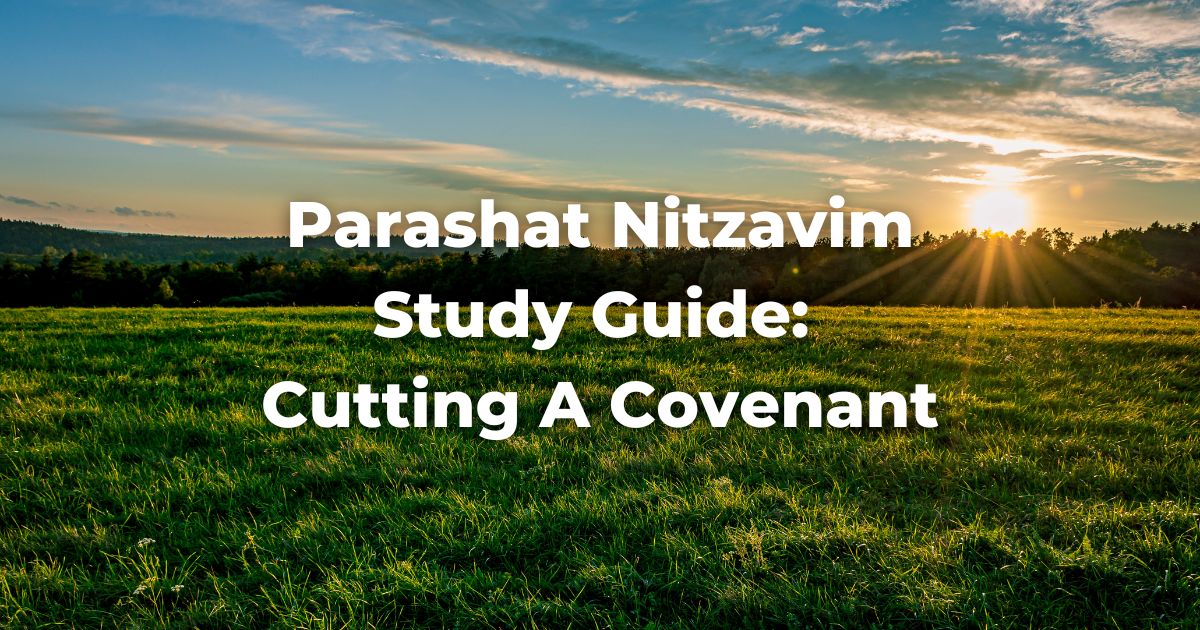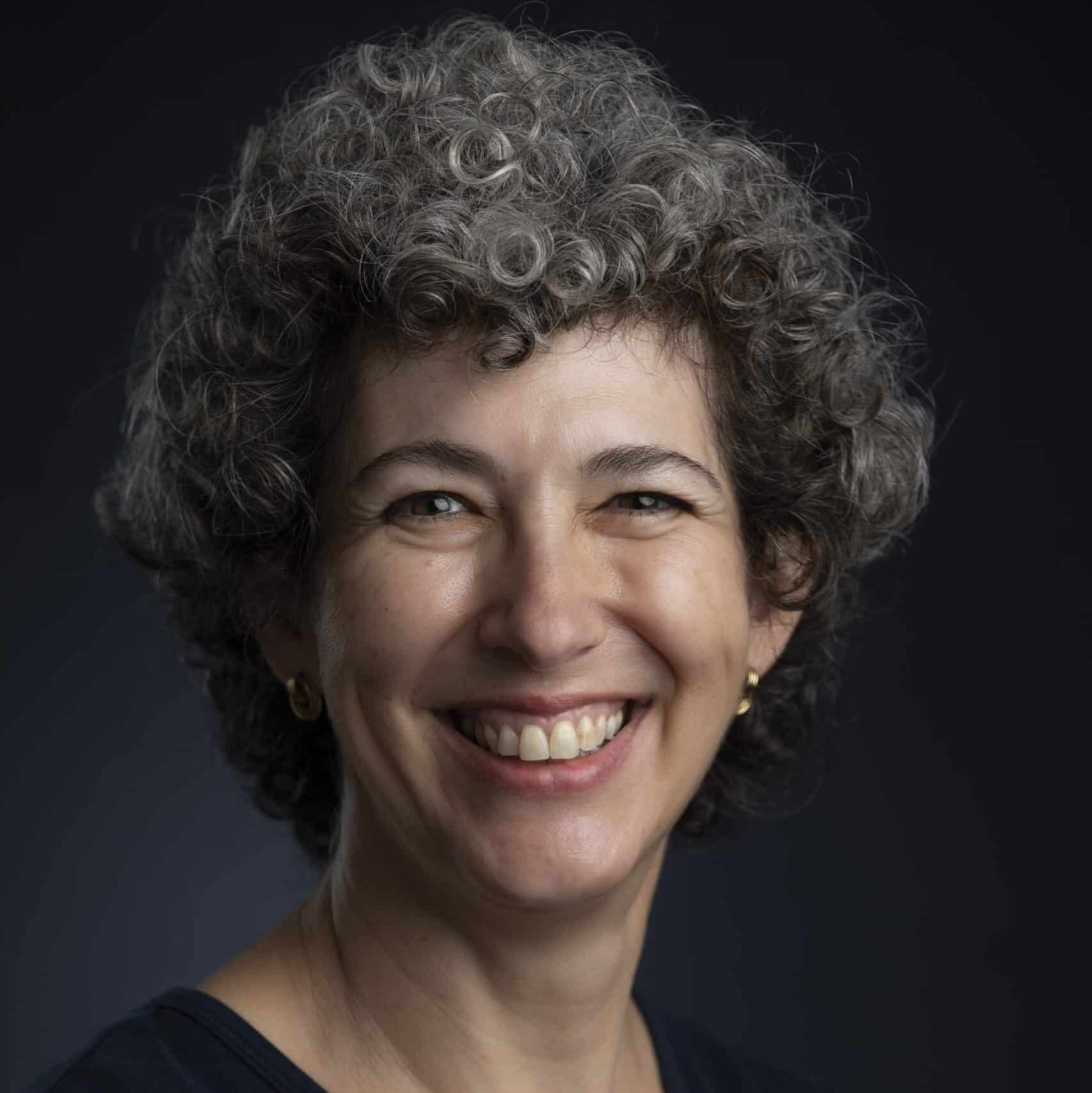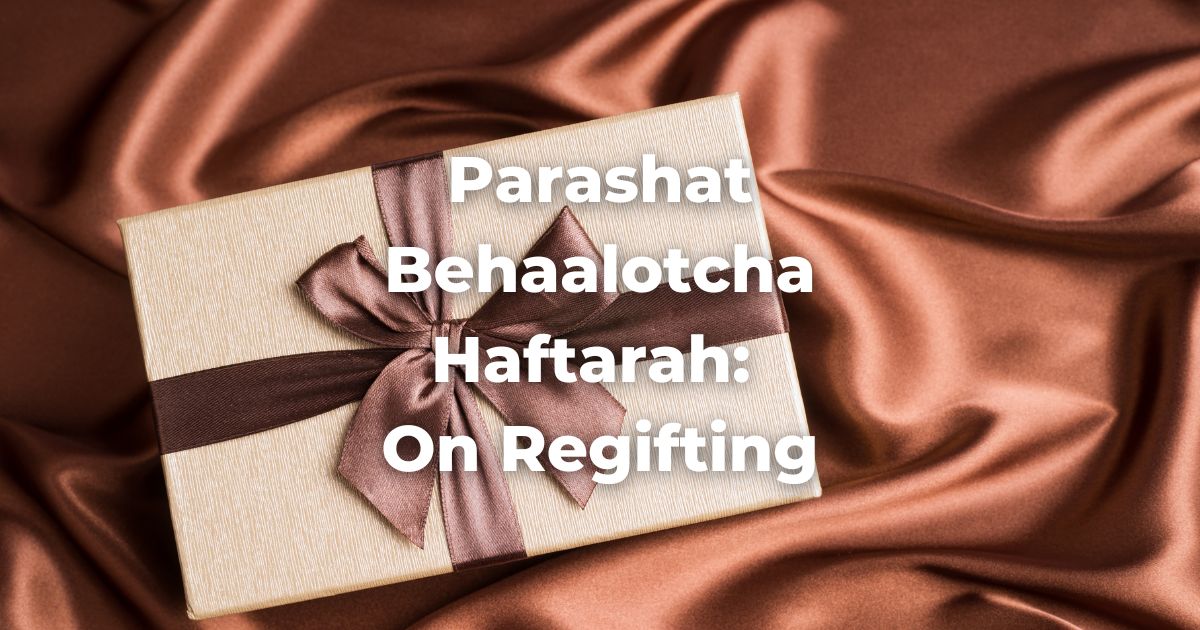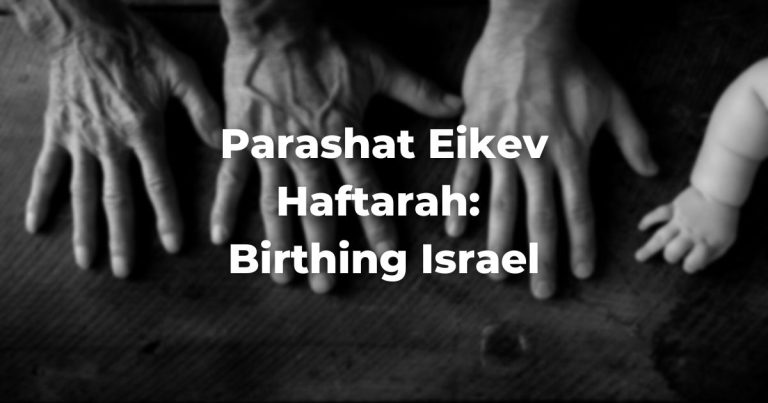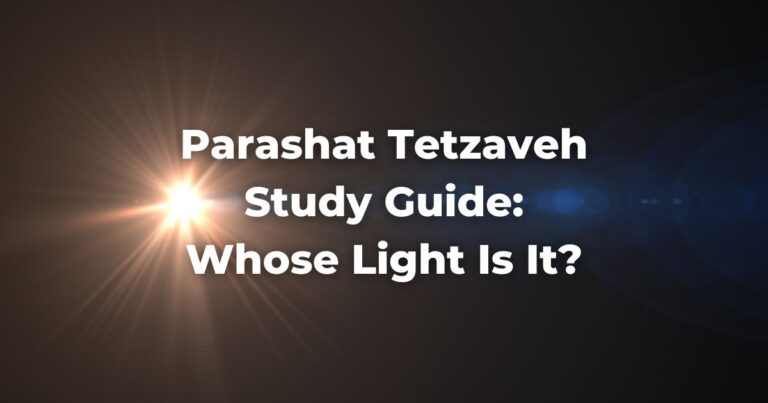Text: Devarim 29:9-12
9 You all stand today before the Lord your God: your heads your tribes, your elders and your officers all the men of Israel, 10 your little ones your wives and the stranger who is in your camp, from the one who chops your wood to the one who draws your water: 11 To pass you through into the covenant with the Lord your God, and into His oath, which the Lord your God cuts with you today, 12 that He may establish you today as a people for Himself, and that He may be God to you, just as He has spoken to you, and just as He has sworn to your fathers, to Abraham, Isaac, and Jacob.
- Who is participating in the covenant?
- Why do you think that the covenant is made now?
- Based on the language, how might the ceremony of a covenant be performed?
- The people of Israel had already made a covenant with God at Sinai. Why is there a need for another covenant here?
Commentary: R. Joseph Bechor Shor on Devarim 29:11
Cutting a covenant—called so since they cut a calf into two.
And pass through—called so since they pass through the cuts of the calf (cf. Jeremiah 34:19), just as Avraham our forefather did in the covenant between the cuts, as it says (Genesis 15:10) “he cut them in the middle” … And this is a sign that if he will break the covenant, he will be so cut up, just as: “So he took a yoke of oxen and cut them in pieces… saying, whoever does not go out with Saul and Samuel to battle, so it shall be done to his oxen.” (I Samuel 11:7)
- According to Bechor Shor, what does a covenantal ceremony look like? How does he prove this? (Archaeological finds have proven him correct.)
- What is the message of such a ceremony?
Commentary: Hizkuni on Devarim 29:11
To pass you through—(the Hebrew is in the singular form) i.e. all as if you were one single person.
Cuts with you today—… This was the last time the entire nation would be present at the same spot simultaneously, as after the land had been distributed to the tribes, the elderly and the mothers who had just given birth, as well as any sick people could not be expected to come to Jerusalem on the festivals designated for the annual pilgrimages.
- Hizkuni noticed that the text is addressing the people as a single body. What is the message of such an address? (Reading the next several verses might make it clearer.)
- Why is a covenant made now, on the Steppes of Moab, before entering the land? Based on that, what challenges can be expected once they enter?
See more: Parashat Nitzavim
Originally posted as part of the Conservative Yeshiva at the Fuchsberg Jerusalem Center’s Torah Sparks. Support TorahRefers to the first five books of the Hebrew Bible, the Tanakh, also called the Five Books of Moses, Pentateuch or the Hebrew equivalent, Humash. This is also called the Written Torah. The term may also refer to teachings that expound on Jewish tradition. Read more learning from the Fuchsberg Jerusalem Center/Conservative Yeshiva for leaders and seekers around the world here.
Authors
-

Vered Hollander-Goldfarb teaches Tanach and Medieval Commentators at the Conservative Yeshiva and is a regular contributor to Torah Sparks, FJC’s weekly message on the weekly Torah portion. She received her M.A. in Judaic Studies and Tanach from the Bernard Revel Graduate School of Yeshiva University and studied at Bar-Ilan University and the Jewish Theological Seminary. Before making aliyah, Vered taught at Ramaz School and Stern College in New York.
View all posts -


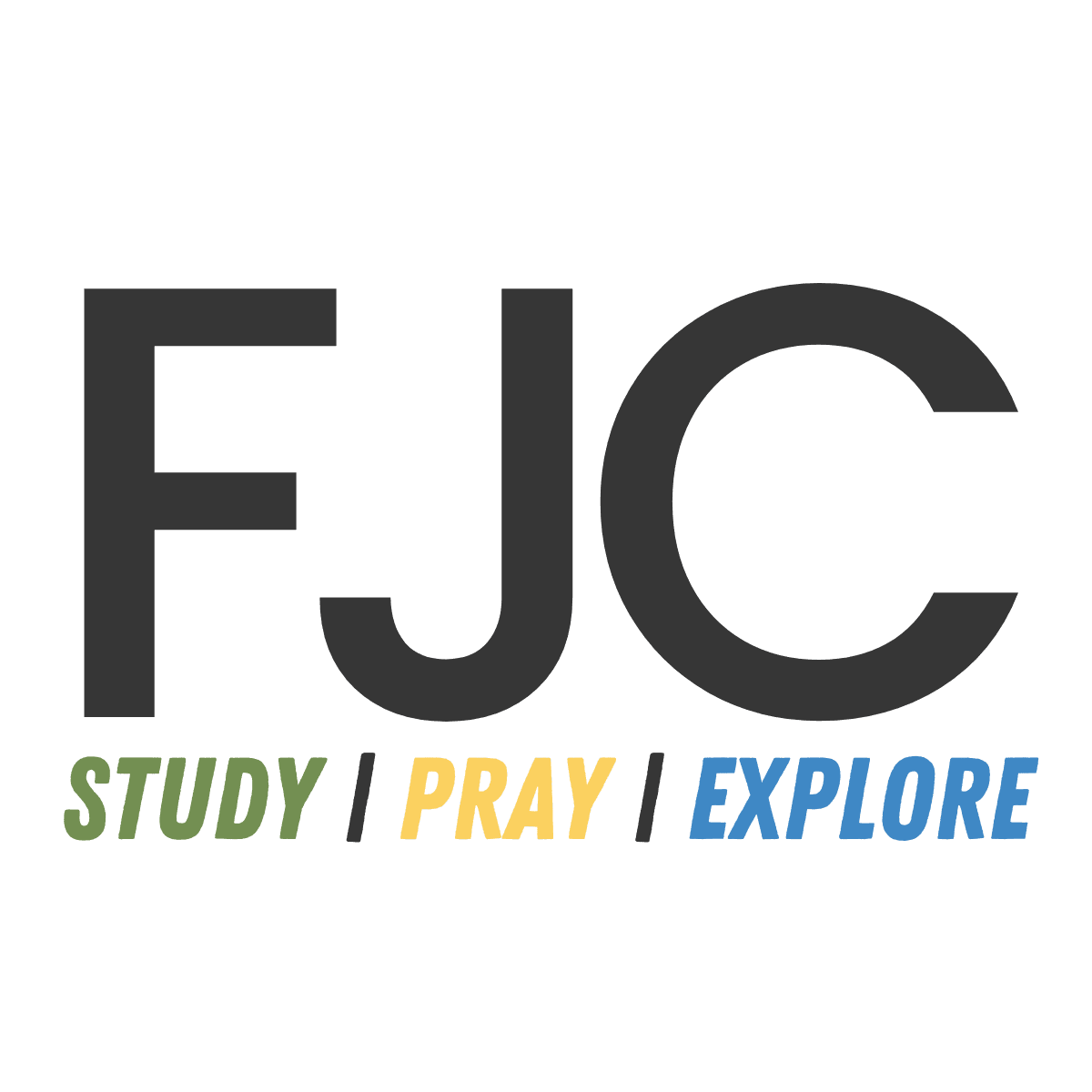
The Fuchsberg Jerusalem Center (FJC) is a home in the heart of Jerusalem where leaders and seekers can find an authentic place in Jewish tradition to call their own. FJC offers opportunities to study, pray and explore within an egalitarian and inclusive setting, creating multiple pathways for finding personal and communal meaning.
View all posts

